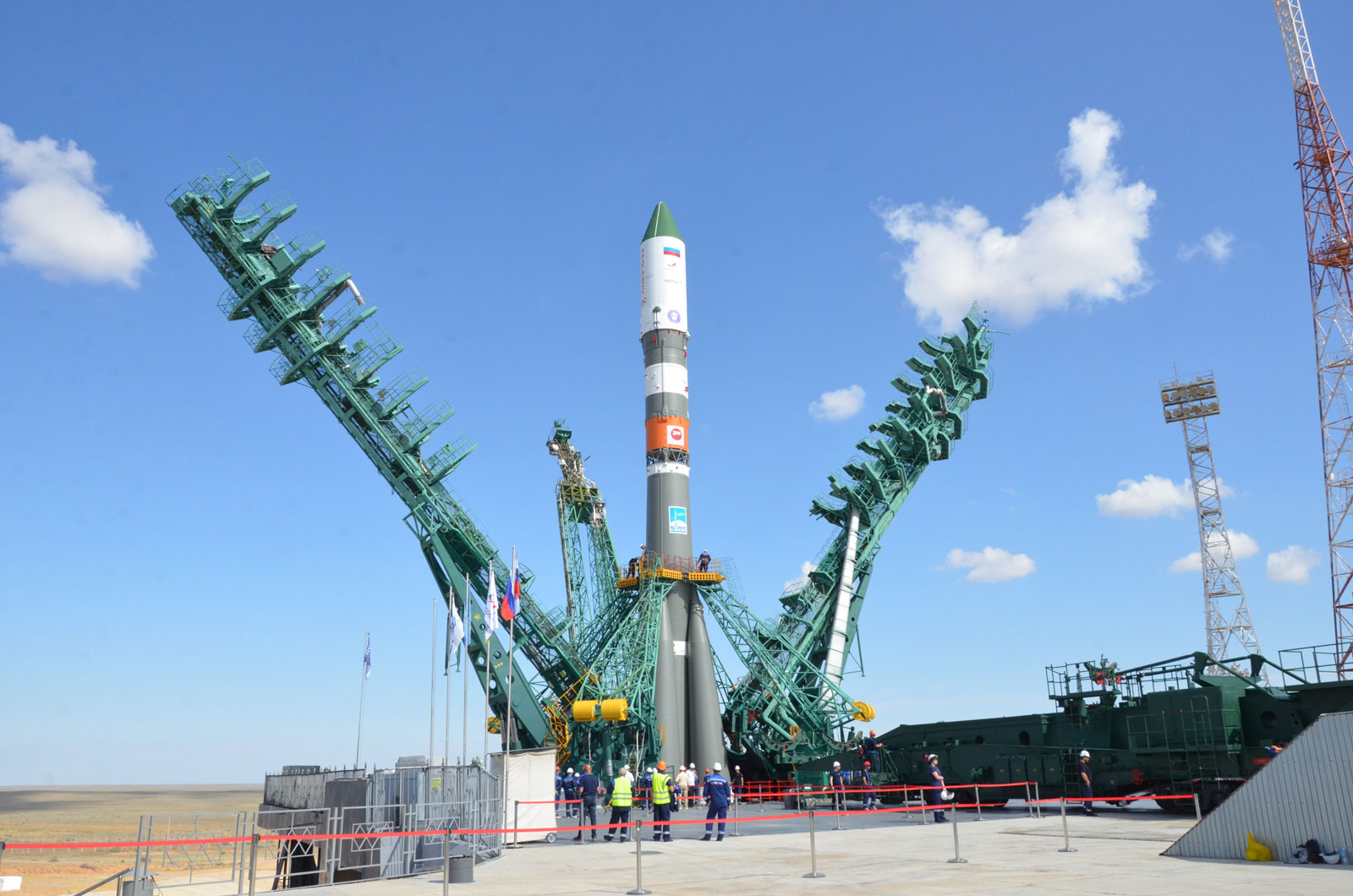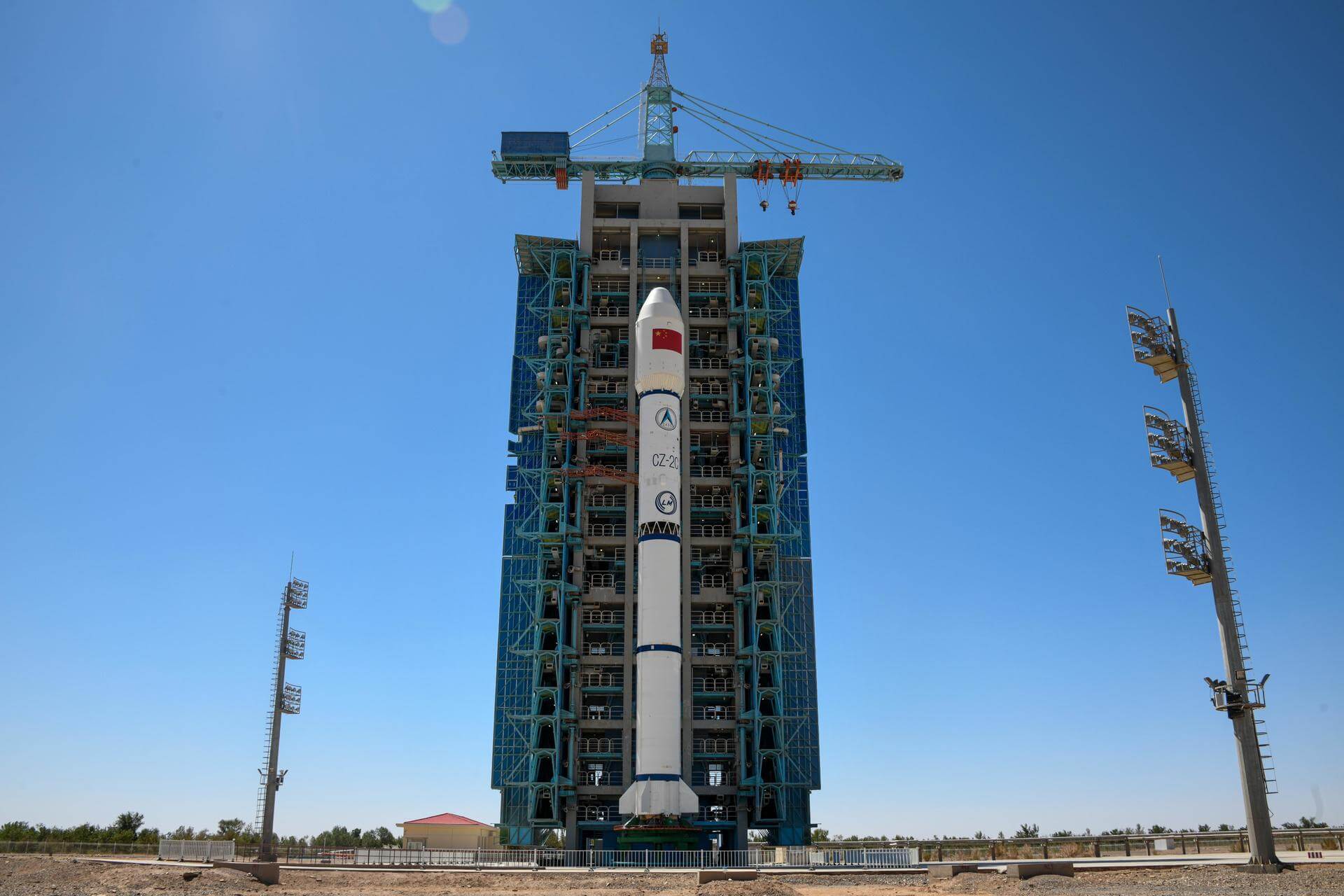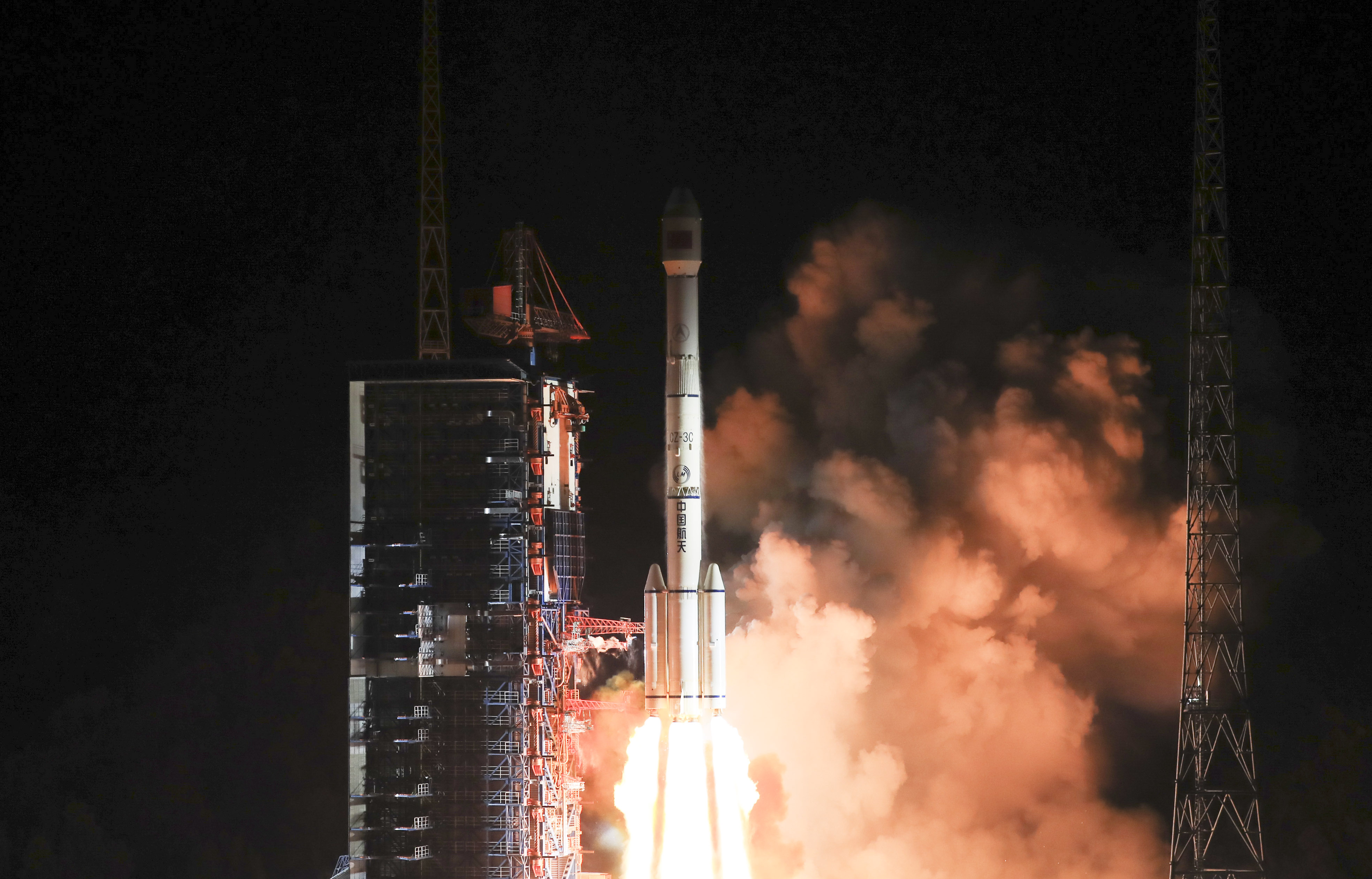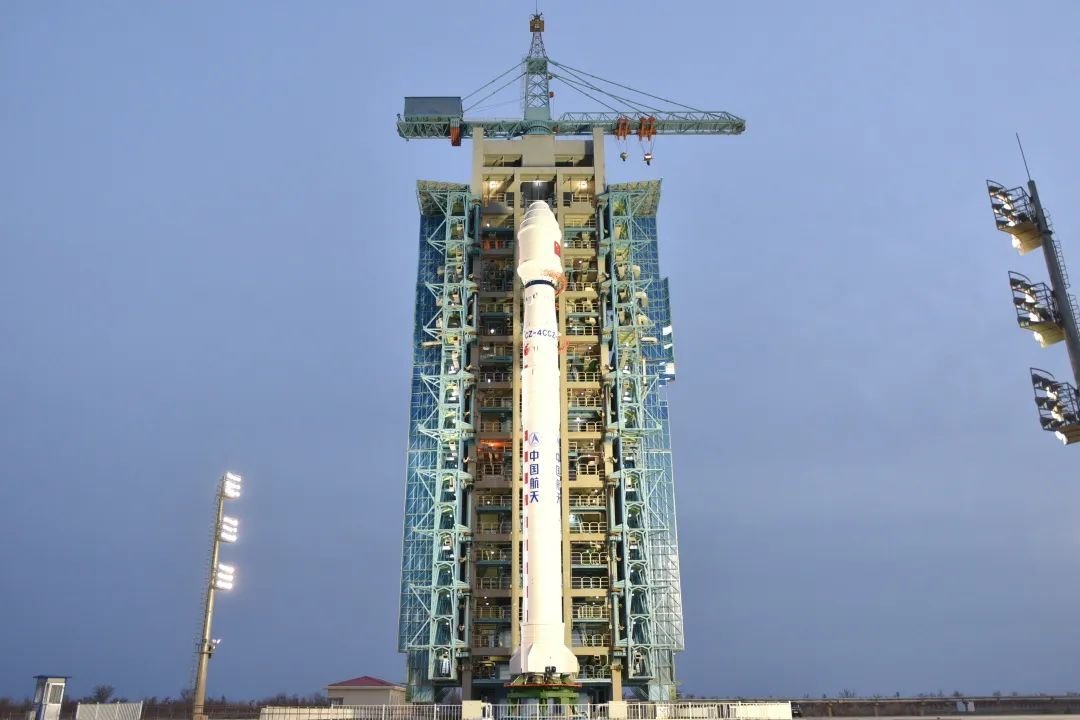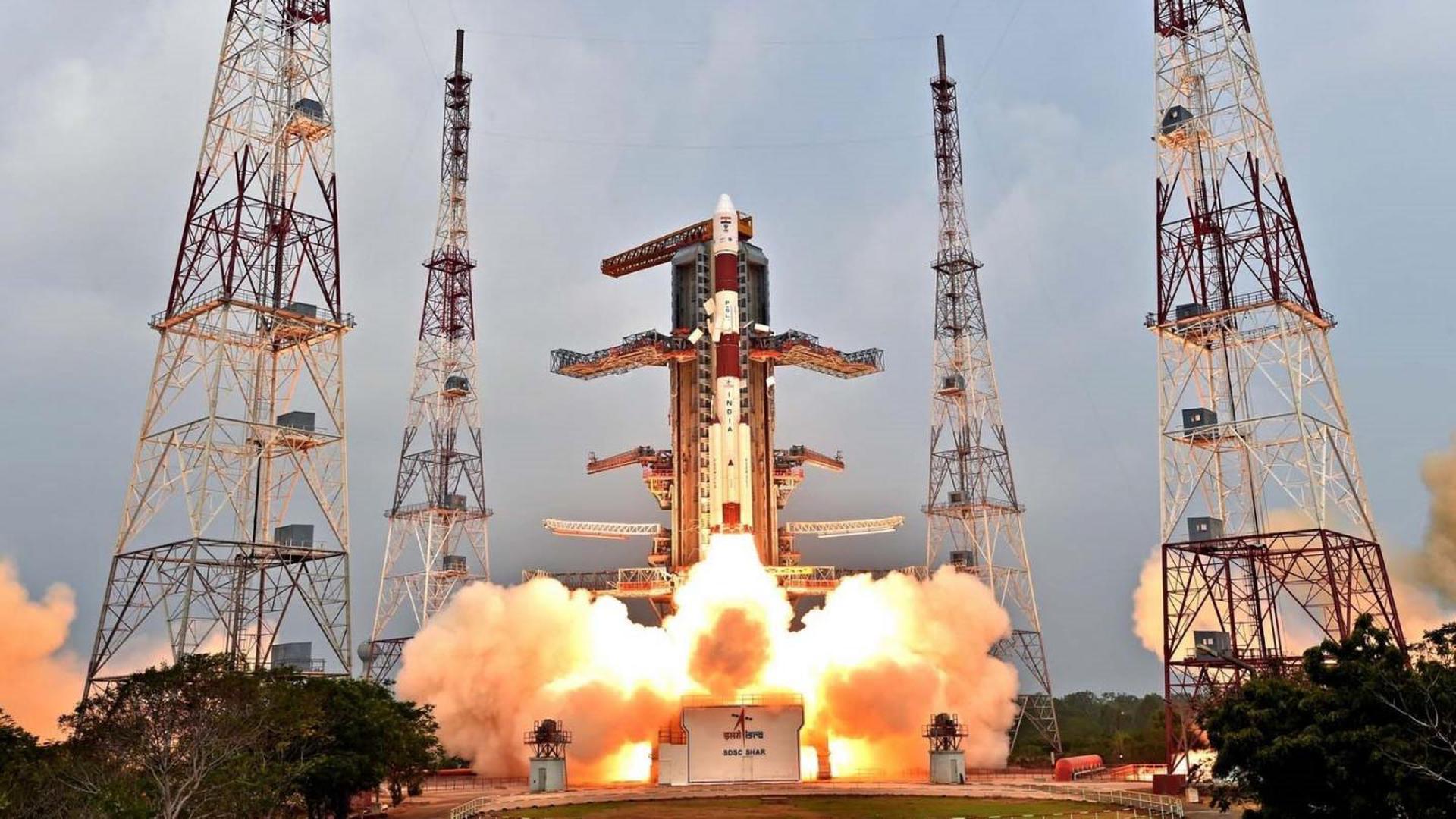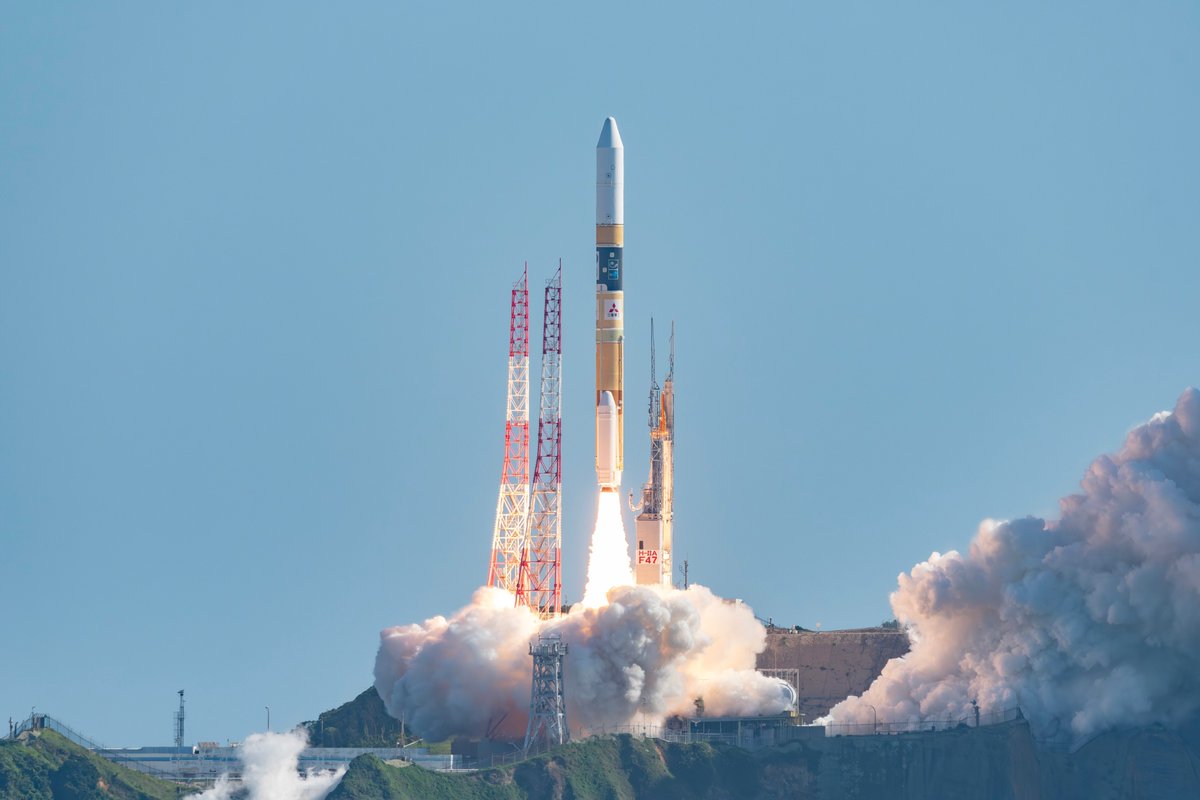Previous Spaceflight Launches
Filter by Agency, Locations or Vehicles
Show All LaunchesSoyuz 2.1a | Progress M-25M (57P)
Progress Rocket Space Center | RussiaBaikonur Cosmodrome, Republic of Kazakhstan
Oct. 29, 2014, 7:09 a.m.
Antares 130 | Cygnus CRS Orb-3 (S.S. Deke Slayton)
Orbital Sciences Corporation | United States of AmericaWallops Flight Facility, Virginia, USA
Oct. 28, 2014, 10:22 p.m.
Long March 2C | Shijian 11-08
China Aerospace Science and Technology Corporation | ChinaJiuquan Satellite Launch Center, People's Republic of China
Oct. 27, 2014, 6:59 a.m.
Long March 3C/E | Chang'e 5-T1
China Aerospace Science and Technology Corporation | ChinaXichang Satellite Launch Center, People's Republic of China
Oct. 23, 2014, 6 p.m.
Proton-M Briz-M | Ekspress AM6
Khrunichev State Research and Production Space Center | RussiaBaikonur Cosmodrome, Republic of Kazakhstan
Oct. 21, 2014, 3:09 p.m.
Long March 4C | Yaogan-22
China Aerospace Science and Technology Corporation | ChinaTaiyuan Satellite Launch Center, People's Republic of China
Oct. 20, 2014, 6:31 a.m.
Ariane 5 ECA | Intelsat-30 & ARSAT-1
ArianeGroup | FranceGuiana Space Centre, French Guiana
Oct. 16, 2014, 9:43 p.m.
Status: Launch Successful
Mission:
Intelsat DLA 1, also known as Intelsat 30, will broadcast direct-to-home television services to Latin America in a partnership between Intelsat and DirecTV. Launched along with it is the Arsat-1, the first communications satellite to be built in Argentina.
Geostationary Transfer OrbitPSLV XL | IRNSS-1C
Indian Space Research Organization | IndiaSatish Dhawan Space Centre, India
Oct. 15, 2014, 8:02 p.m.
SpaceShipTwo | VSS Enterprise GF30
Virgin Galactic | United States of AmericaAir launch to Suborbital flight
Oct. 7, 2014, noon
H-IIA 202 | Himawari-8
Mitsubishi Heavy Industries | JapanTanegashima Space Center, Japan
Oct. 7, 2014, 5:16 a.m.
